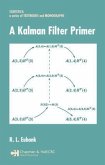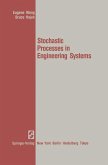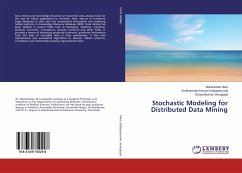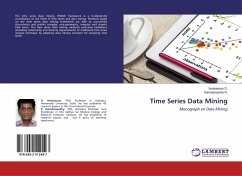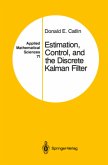The vegetative filter strips (VFS) are a best management practice. For quantifying the movement & amount of sediments & nutrients, the performance of VFS has to be modeled. Data available from the literature & recent experiments were used. Artificial runoff was created. Flow samples were analysed for concentrations for total suspended solids, total phosphorus & soluble phosphorus, & particle size distribution. Input-output data sets were used to train & test a multi-layered perceptron using back propagation (BP) algorithm & a radial basis function neural network using fuzzy c-means clustering algorithm. Sensitivity tests were done for finding optimum architectures of neural networks. The statistical analysis & comparisons between predicted & observed values for the three models showed that a BP network with 15 hidden units can model the performance of VFS efficiently, including the trapping of soluble P. They could predict the outputs, even without the particle size distribution.ANN'S have to be trained before being used to predict the outputs. GRAPH is mobile & could be successfully used for verification, since it takes into account the physical processes going on.
Bitte wählen Sie Ihr Anliegen aus.
Rechnungen
Retourenschein anfordern
Bestellstatus
Storno



